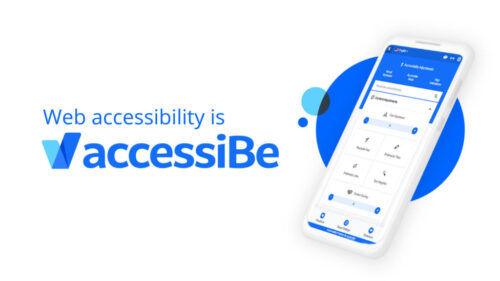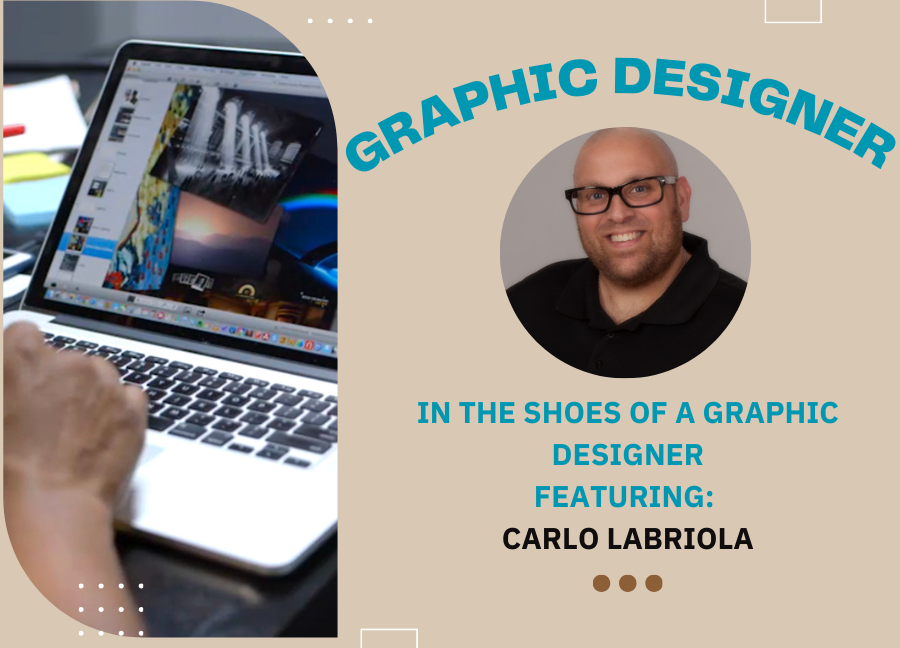
Making the Internet Accessible.
We know just the word “compliance” is probably a bad idea to place in an introductory sentence, but please hear us out. If your website is not accessible to people with disabilities, it is not compliant with the law.
Everyone knows about accessibility in physical public places and ensuring accommodations for everyone. A few years ago, The Americans with Disabilities Act said accessibility also applied to the digital realm, or more specifically, your website.

It is estimated that over 250,000 digital accessibility-related demand letters are sent to businesses each year. E-commerce businesses saw the highest amount of cases filed. The majority of these result in settlements, which can cost you. Those that aren’t resolved can escalate into full-blown lawsuits. We feel it’s our duty to let you know.
What are the ADA Accessibility Guidelines?
Here is a list of the main Accessibility guidelines:
- All text on the website must be readable by screen readers.
- The website must provide text for images and videos.
- The website must allow users to turn off media.
- The website must prohibit users from using seizure-causing content.
- The website must be consistent with navigating tools.
- The website must help users with explanations and instructions.
- The website must be completely accessible by computer.

The main complaint many small businesses had about this new ADA addition was that website updates such as these are very costly and a significant time investment. Many companies have not been able to afford the changes, but not complying with the guidelines puts them at risk of a lawsuit. What should you do?
What is the AccessiBE widget all about?
When this addition to the Americans with Disability act first came into play, there was no efficient way to make these changes. Everything needed to be changed manually. Nowadays, we have great resources like AccessiBE, which is relatively inexpensive and extremely well-designed.

It’s highly advanced software that automatically scans your website to ensure inclusion practices and opens it to a whole new area of potential consumers. Every 24 hours, AccessiBE will scan your website and fix any potential issues. The first scan can take up to 48 hours. After that, your website will be completely ADA-compliant.
There are several different price points, the most affordable starting at $49 a month, which is what VIA uses and the most popular. It’s straightforward to set up, and only requires a singular line of code, which is impressive considering the level of technology involved. AccessiBE works side-by-side with people with disabilities so they can ensure their products exceed your expectations.

Open your website to everybody, no matter their ability.
AccessiBE is an excellent resource and we found it to be a worthy investment. Twenty-five percent of the population has a disability holding them back from fully using the internet.
Separate yourself from your competition by showing how diversity, equity, and inclusion are valued.
You can also earn an ADA Federal tax credit up to $5,000. Your business must employ less than 30 full time employees and have an income of less than $1,000,000. See details on form 8826 page 2.
To be sure you are ADA Compliant, contact our team to help you install this time-saving, cost-efficient software.



















